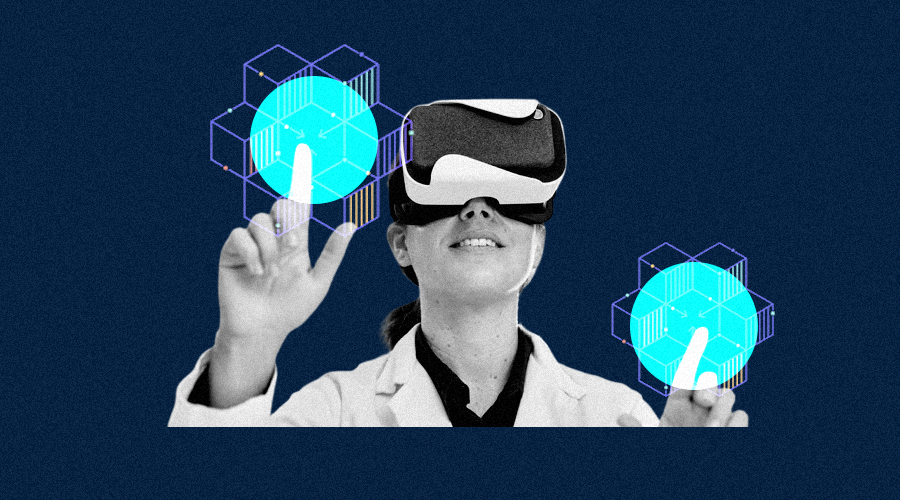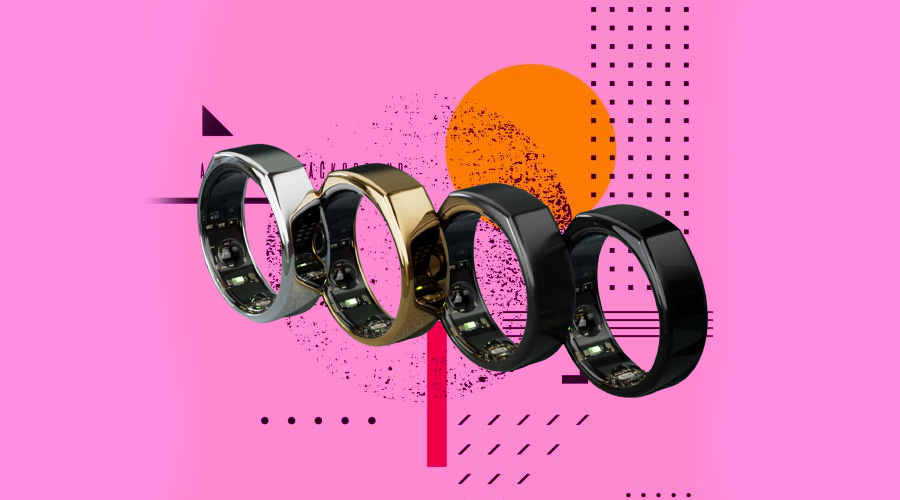
VR applications in healthcare may offer advantages, but everything comes at a price.
Since there was no way to guarantee an immersive experience, the interesting idea of virtual reality was only ever discussed in science fiction books and films for a very long time. Advanced computing, audio, and video capabilities that have just lately been accessible are needed to provide the 3D world with images, sound, and dynamics that are of a reasonable level. Even then, the majority of VR applications were found in the entertainment sector or the military. It wasn’t until the twenty-first century that virtual reality technology advanced enough to provide lifelike virtual worlds with the aid of small, handy, and more reasonably priced gadgets. As a result, the ideas behind virtual and augmented reality found new practical applications in a variety of sectors. The planned applications of virtual/alternative reality technologies in healthcare may have benefits and downsides depending on several circumstances, as is the case with most technological advancements.
More adaptability and customization possibilities
With the help of VR technology, any necessary environment may be created for a variety of applications. These settings may all be accessible from the same room using a VR headset and can be either realistic or fantastical depending on the situation. Thus, the VR equipment-equipped space may simply be transformed into a virtual operating room, a tranquil beach, an obstacle course, or a little boat in the middle of the ocean, all of which would be used for medical purposes.
Expensive technology
The majority of VR applications in medicine need sophisticated hardware and sophisticated computer systems to provide a convincing experience. While some charitable initiatives may not employ VR glasses or headsets, instead using cellphones and cardboard boxes, they typically lack the immersion and realistic setting needed. Although it could be difficult to modify them for healthcare applications, it is still feasible to save software development costs by adopting pre-made VR software development kits and gaming engines, such as Unity or Unreal engines and related Oculus SDKs.
Can be used in a variety of healthcare settings
VR has a wide range of customization options, making it suitable for a variety of healthcare-related tasks. The examples in the preceding portion of this page are provided, but keep in mind that the list is not complete, and scientists are continually investigating and putting novel applications to the test.
Addictive
The issue of gaming addiction is already widely acknowledged, and experts are worried about the potential for VR addiction as well. Patients with dementia who have trouble identifying and engaging with the outside world are particularly in danger. As they would choose to escape to the virtual world, patients with severe impairments may also be more susceptible to VR addiction.
Provides a regulated environment for user experience
The ability of VR technology to treat patients while keeping them safe and under medical care is another priceless advantage. As a result, the therapy may be discontinued if a patient has any discomfort or their vital signs begin to deteriorate.
Lack of extensive testing and usage history
Strict regulations must be followed while developing, implementing, and approving new treatment techniques. Virtual and augmented reality technologies usually lack proper testing and are applied experimentally since they are still undergoing significant development.
Does not provide sufficient instruction
Virtual reality has excellent illustrative qualities for educational purposes, however, its application for skill training falls short of actual practice. Particularly when it comes to tactile responsiveness, even large-scale training facilities for dentists or surgeons can’t provide realistic information.
Exceptional psychological effect
When it comes to VR’s impact on patients’ thoughts, competition is tough. No other technology can let patients hear and see simulated worlds as genuine. People who have impairments, neurological or psychiatric illnesses, chronic pain, or other ailments can benefit particularly from various sorts of immersive experiences.
Users might become lost
One of the well-known downsides of virtual reality equipment is its propensity to make some users feel sick, dizzy, or experience other similar symptoms even while they are gaming. Due to their medical circumstances, patients may typically be more sensitive to such impacts.
VR abuse and needless usage
The current therapeutic application of VR necessitates a doctor. This restriction might not be necessary for the future, though, since people will be able to download or buy VR-based therapeutic and diagnostic games and programs thanks to the availability of infrastructures like smartphones and PCs through online markets. 18,36,69 This possible chance highlights the necessity to take into account a variety of factors associated with using VR as a therapeutic tool or treatment modality.



















